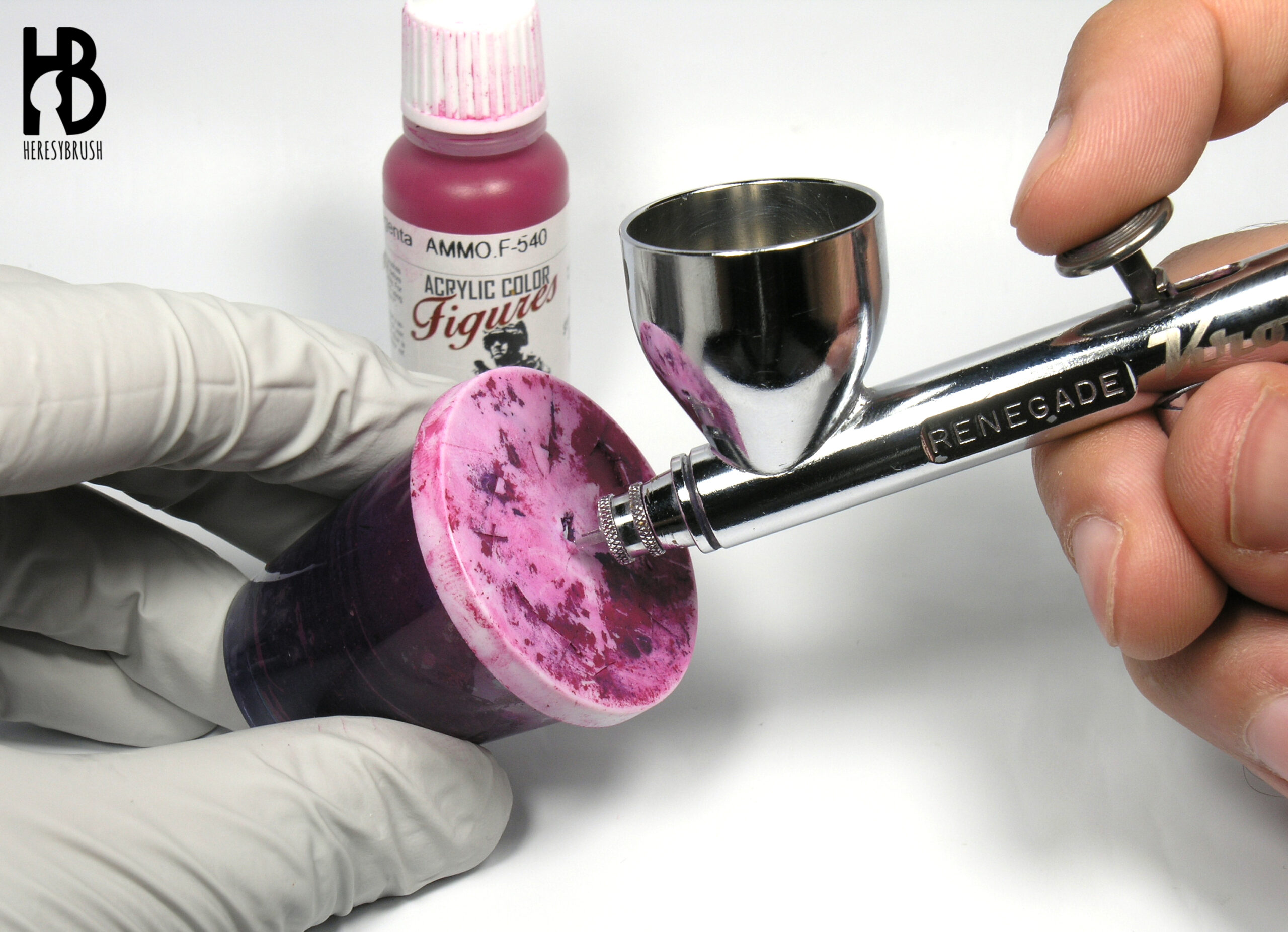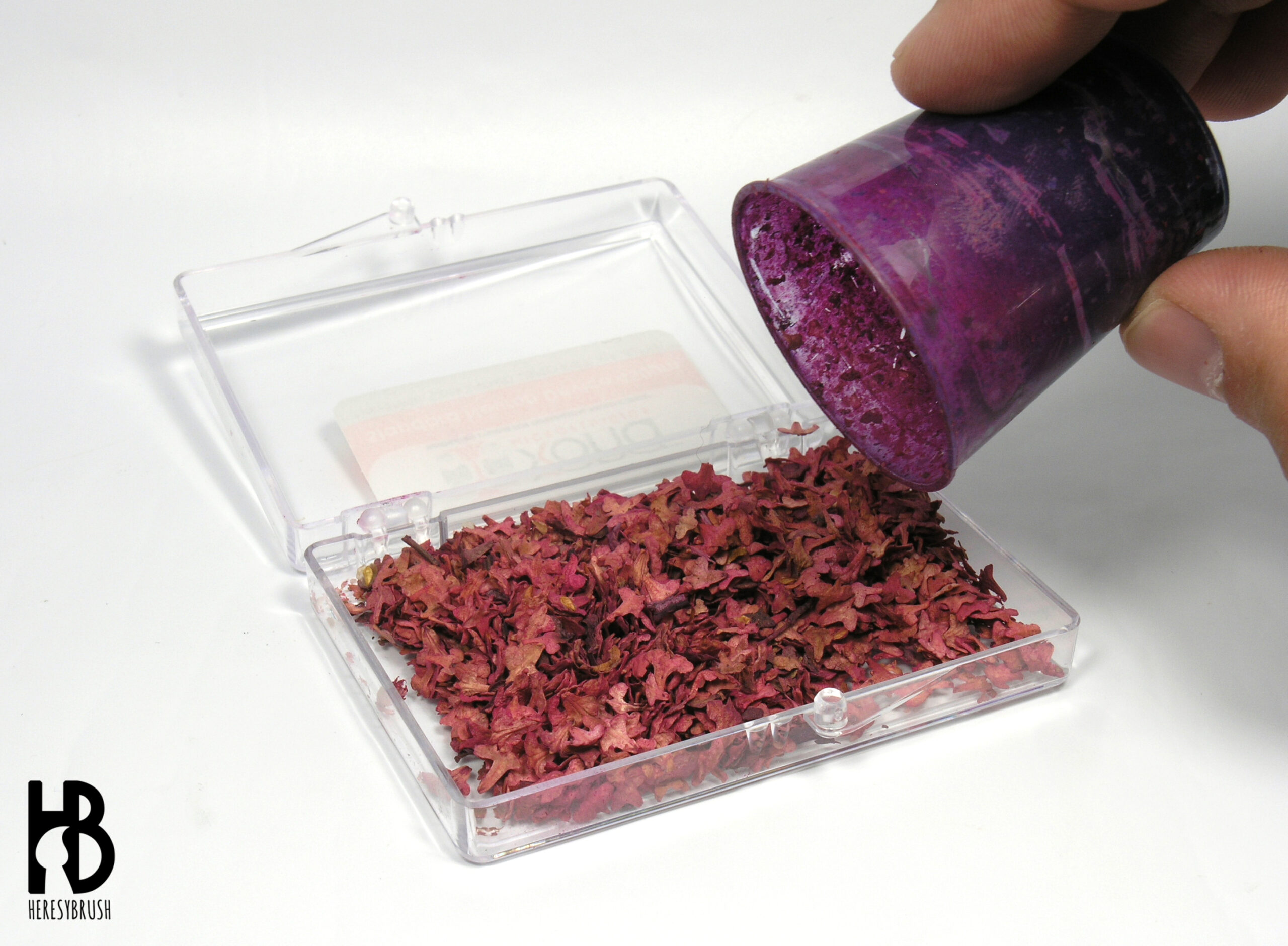We have many options and product to decorate our bases or terrain, including the classical electrostatic grass fibers or the popular grass tufts. However, some of these products might be very pricey, specially if we are looking for small leaves fitting the scale of our miniatures. In this tutorial we will see how we can use a natural product as a cheap (free) and very effective alternative to simulate leaves in our bases or terrain. The necromancer illustrating this guide is a lovely model from Citizens of the Old World (Heresylab).
The key ingredient are birch tree seeds. Although you can also buy them in scale model shops or Ebay, the cheapest option is to have a walk in your city or in the country side to find this very common tree. You can gather birch seeds from mid to late summer when the small cones are still soft and green. You can keep them in a paper bag and let them dry for couple of weeks until they acquire a golden colour. We are lucky here in Finland since there are birches virtually everywhere. Couple of years ago I collected several hundred grams of dry and golden birch seeds in a the street.
The golden birch tree seeds are perfect if we want to represent autumn bases. However, we might want a different leave colour depending on our project. For example, I wanted to use these leaves for my Legions of Nagash army for Age of Sigmar (you can see pics of the army at the end of this article), and I needed pinky or violet leaves. Miguel, a close friend from www.ModelBrush.com suggested a brilliant idea to easily paint the leaves using the airbrush.
To paint the seeds we need a small bottle with a lid. I used a pill plastic container with a lid (a memory of my visit to the hospital for a pneumonia couple of years back). Using a modelling knife we create a small hole in the middle of the lid. We will use it to spray the paint inside the container. Depending on your plastic container, you might need to create additional small perforations to permit the air to escape from other places than the main central hole (otherwise the lid can shoot out when airbrushing).
Then we add a bunch of leaves inside the container. Do not fill it more than 1/3 or otherwise it will be difficult to paint all the leaves.
Next we airbrush the desired colour into the container using the whole we created earlier. I used my bedside table airbrush, a Renegade Krome by Badger. We do not want to completely paint the leaves, but only slightly change the colour. Therefore, we need to thin down the acrylic paint with 60-70% of thinner (or just water). In this example I used Magenta (AMMO F-540) to generate pinky leaves. We airbrush the paint in short bursts. The air flow will stir the leaves, making the whole process very simple and quick.
We open the lid to check the leaves every now and then, until we are satisfied with the result.
Because of the almost continuous air flow, the acrylic paint will dry almost immediately. We can continue then with a new batch of leaves. I prefer to spend one evening painting a large number of leaves to use them later little by little.
 In around 90 minutes I managed to paint two full boxes of pinky and violet leaves. As you can imagine, you can use any colour to paint the leaves. For example, if you want a spring look, you can use a green acrylic paint.
In around 90 minutes I managed to paint two full boxes of pinky and violet leaves. As you can imagine, you can use any colour to paint the leaves. For example, if you want a spring look, you can use a green acrylic paint.
Finally, we fix the leaves one the bases or terrain using PVA glue. I like to put one by one using tweezers because I can select the size and shape of the leave and its exact position on the base. However you can always apply a generous layer of PVA and then sprinkle a bunch of leaves.
As many people asked me how I created the bases for my Legions of Nagash army, I will explain it here. First, I created the initial texture using an acrylic texture from AMMO such as Light Earth Ground (AMIG-2102) that I applied using a small spatula. Next, I painted the whole base with Incubi Darkness (Citadel), followed by two dry brushes. First with Sybarite Green and then with Hellion Green (both from Citadel). Finally, I added violet grass fibers (from PabloelMarques, code A-36) and grass tufts (from Tajima1, code TM-41). I also added tombs in some bases. Most of these are from Renedra, and the rest are 3D printed.












2 thoughts on “How to create leaves for your bases”